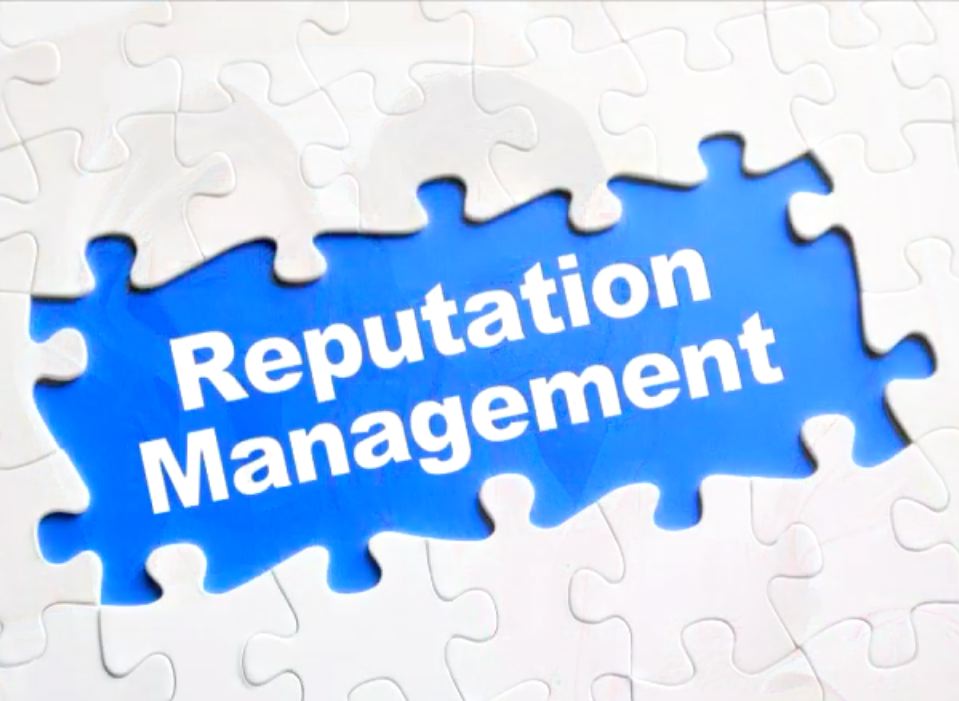As Russia prepared to invade his country, many feared Ukraine’s president, former comedian Volodymyr Zelensky, was in over his head. Before his election Zelensky was best known for starring in a popular TV series about a history teacher who wins the presidency after a video of his anti-government rant goes viral. And like his sitcom character, the real Zelensky was swept into office as an outsider who promised to end corruption. But he soon ran into obstacles, and his popularity suffered. Even after Putin began threatening aggression against Ukraine, Zelensky seemed unsure of himself; first, he sought to calm things down and avoid panic. Then the threat worsened, and he seemed to realize the stakes involved.
From everyman to wartime leader
Novelist James Lane Allen said that adversity doesn’t build character, it reveals it. That may be a fair description of Zelensky’s improbable rise.
Less than a week into Russia’s invasion of Ukraine, Zelensky is a wartime president, and one who is deftly using his performance and communications skills to inspire not only his own people, but the Western world. His status as an icon of leadership under fire peaked last week when Russian forces began to assault Kyiv. As the U.S. government and others urged him to evacuate and offered help, Zelensky refused to budge. “The fight is here (in Kyiv); I need ammunition, not a ride,” he said.
Ukraine has a natural advantage when it comes to perception. As a smaller country attacked by a cartoonishly autocratic dictator, it’s the David to Russia’s Goliath. But the rush of support wasn’t inevitable. (See: Yemen, Bosnia, and Crimea.) Zelensky and his advisers have deployed classic PR and propaganda tactics to win public opinion at home and abroad.
And at least some of the young president’s winning style is innate; he’s a performer after all. What’s fascinating is that he has harnessed his personal talent and bolstered it with sophisticated tactics to wage a credible PR war. Here’s how.
Speak directly to your audiences
Zelensky is a little like Donald Trump in that he has disintermediated the press. Trump famously derided the media and used Twitter as his platform of choice, going directly to his base. Zelensky has a similar reputation in Ukraine. His electoral campaign was almost entirely online. On rare occasions where he used the national media, he did so shrewdly, even hijacking the traditional New Year’s Eve address of the then-president by announcing his own candidacy. According to The Atlantic, his people maintained that “they do not need journalists in their efforts to communicate with the public, opting instead for social media and slickly produced ‘interviews’ carried out in-house.”
Since the invasion Zelensky has used messaging platform Telegram to speak directly to the Russian public to counter Putin’s version of events and urge them to protest the invasion. He continues to post short videos that reinforce his presence and the determination of Ukrainian citizens to defend their home. He has humanized Ukraine’s crisis and invoked powerful support.
Understand the power of imagery
A single screen-grab of Zelensky on the streets of Kyiv or huddled inside with his military staff is worth a thousand thunderous speeches. Contrast images of the young president with those of Putin — seated yards away from his generals at the end of a long table as they consult about war strategy. The Russian president is literally and figuratively isolated. Zelensky, by contrast, looks like an everyman, a relatable guy who is simply doing what anyone would do to protect his family and home. He could be your neighbor.
Be authentic
When it comes to authenticity, Zelensky was made for this moment. From his street selfies to his formal video appeal to European leaders, he comes across as the real deal. Russia has tried to foil his outreach by spreading rumors that Zelensky had fled, but the videos don’t lie. There’s just not much Putin can do to counter compelling images of a young leader, unshaven and exhausted, but calm and determined in the face of grave personal danger.
Own the information
Zelensky himself has morphed into an icon of leadership, but Ukraine’s sophisticated approach to information is also critical. And it has powerful allies. In a refreshing change, the big social media platforms have cracked down on Russian misinformation and many have banned Russian media outright in Ukraine. Aided by U.S. intelligence, Ukraine was able to expose a fake video of a Ukrainian “attack” on Russians, intended to provoke outrage and offer an excuse for the invasion. Social platforms are filled with posts about the heroic exploits of a legendary Ukrainian fighter pilot known as the “Ghost of Kyiv” who probably doesn’t exist. But much of the reporting is real. Look at the extraordinary recording of Ukrainian guards for an isolated outpost on Snake Island. The video features the Ukrainians cursing the Russian fleet in open defiance of warnings to surrender. It was everywhere on social media platforms and amplified on media channels in American living rooms.
Leverage your moment
A good crisis shouldn’t be wasted, as political experts say, and Zelensky has seized his opportunity to try for things that haven’t previously been possible. He is petitioning loudly for military support as well as quick entry into the European Union, which would be unprecedented. Addressing the European Parliament this week, he said, “We have proven our strength. So do prove that you are with us. Prove that you will not let us go. Prove that you indeed are Europeans.” Ukraine has inspired not only NGOs and ordinary citizens but businesses and brands that don’t normally wade into geopolitical issues.
Of course, inspiration may only go so far. Ukraine’s perseverance may not be enough for it to prevail, and the odds are long. But the massive outpouring of emotional, material, and financial support has been heartening, and it makes it impossible for us to turn away.

